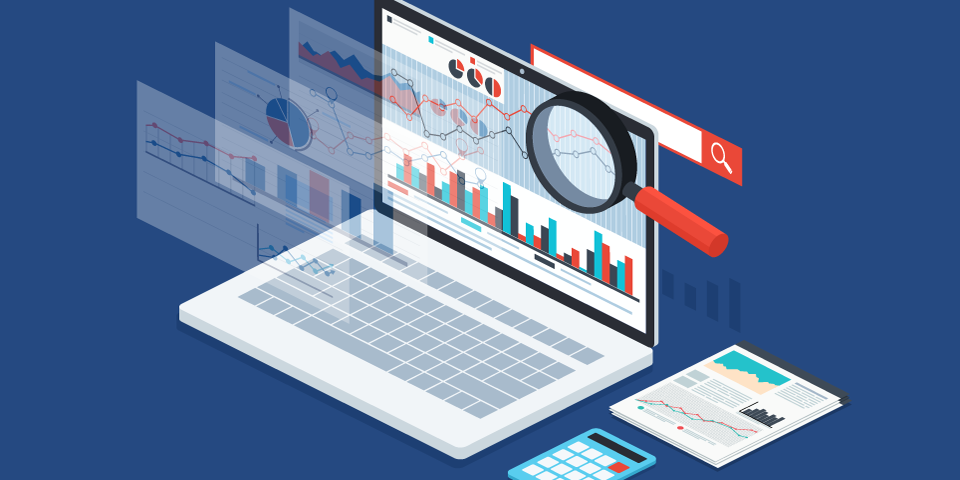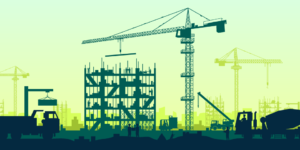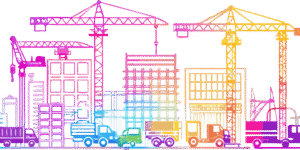Economic outlook seems to be improving; The Federal Reserve has started lowering interest rates; and companies expect increased revenues this year. While commercial real estate developers remain confident in tried and true strategies, many are planning to increase capital expenditures in response to these improving economic fundamentals—and the technology department is first in line to see a larger budget this year. In Deloitte’s Commercial Real Estate Outlook Survey, 81% of respondents said that technology was a place where their team will focus spending this year, and only 7% of respondents said that they plan to mitigate tech costs this year, showing that the vast majority of firms plan to maintain or increase technology spending.
It will be an exciting year for further tech adoption and evolution in the commercial real estate market. However, while commercial real estate companies understand the need to increase their tech toolkit, significant questions remain about where to focus tech dollars and which technologies will provide the most value for the firm. While every company is different and will need a different and tailored toolkit, there are a handful of technologies that are proving to be universally critical.
Generative AI
Generative AI has dominated the technology conversation in the last year. With emerging programs like Chat GPT and even Northspyre’s own Northspyre AI, commercial real estate developers and investors are excited about the potential for this emerging technology. So far, most companies have not taken progressive action in AI adoption, however, for companies that have meaningfully adopted AI tools, nearly 50% said the results have already been transformative. By rapidly scanning data, Gen AI can increase efficiency, automating tedious and time-consuming analytical work and allowing for development teams to focus on high-level, strategic tasks.
The potential is significant, and eventually, generative AI will touch the entire lifecycle of a real estate project, from site acquisition to building the capital stack to property operations. Northspyre AI, for example, eliminates scope gaps in the construction bidding process and highlights cost savings opportunities in pre-construction. The model was trained using data from $175 billion in commercial real estate construction projects. This information can significantly impact the success of a project, and developers who want to remain competitive should develop a thoughtful strategy to implement an AI program as soon as possible.
Cybersecurity
Cybersecurity is a significant threat to every financial business. In Deloitte’s annual commercial real estate survey, respondents named cyber threats as the second greatest risk to their business in the next 12 to 18 months. The adoption of smart building technologies and digitization of processes—including transactions—will only increase exposure to cyber threats. To truly combat cyber threats, commercial real estate companies need to be proactive in designing a cybersecurity program, assessing cyber risk, and responding to cyber threats and crimes.
Deloitte recommends creating a cohesive security platform that both analyzes core operations internally and extends to properties and project sites to ensure the entire organization is covered. Because cyber risk touches every part of the organization, cybersecurity isn’t exclusively a technology issue. Instead, the CFO and CIO should develop a partnership to assess and mitigate cyber risk. Here, Generative AI can also be part of the solution by automating threat detection and identifying potential risks.
Climate-Risk Management Technologies
Climate-related technologies will become critical in protecting projects and investments from devastating natural disasters and mitigating financial loss. The occurrence of billion-dollar natural disasters is increasing. In 2024, there were 27 disasters in the US and each individually had more than $1 billion in losses. In total for the year, these natural disasters cost $183 billion in property damage. New technologies can analyze everything from climate trends to geographical risks, or how the specific design of a property to determine the potential climate risk and cost to the owner. These technologies can deliver a property profile for climate risk exposure, and they can be used to vet a prospective investment site or to assess climate risk across an existing portfolio. It can then make actionable recommendations, like if you should proceed with the investment, sell certain assets, or make property-specific repairs to mitigate the risk.
Digital Twin Technologies
Digital twin technologies create models of real assets and can simulate real-time performance. For commercial real estate developers, this technology presents a valuable opportunity to understand the performance and operational integrity of a property before development. The technology can simulate several different property scenarios during construction and property operations. In particular, developers can understand and forecast the energy performance of a property—which is an area of specific interest to meet energy and sustainability goals. Nearly half of respondents in Deloitte’s 2025 commercial real estate survey said they were excited about the potential for digital twin technologies, illustrating the momentum already building for this tool.
Commercial real estate stakeholders understand the importance of investing in their technology toolkit and continuing to grow and evolve technology resources. While there are several technology programs, these four tools are among the most important.
Book a demo to learn more about how Northspyre can provide your CRE development firm with a path to predictable outcomes.



